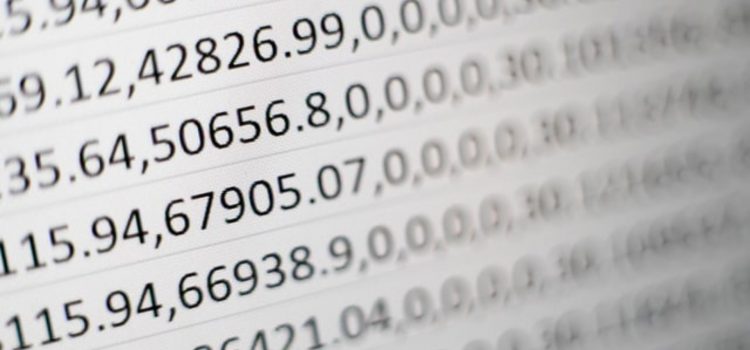How do cause and effect studies benefit from big data? How does big data eliminate causal research problems? To get the most out of big data, Seth Stephens-Davidowitz says you should focus on its four benefits. In Everybody Lies, he dives into one of those benefits: easy cause-effect analysis. Let’s look at the two ways big data makes cause-and-effect studies easier.
How Big Data Helps Cause and Effect Studies










